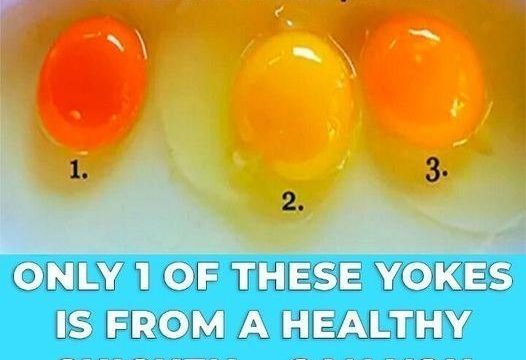The internet is no stranger to heated debates, often sparked by seemingly simple questions that turn out to be more complex than expected. One such debate, reminiscent of the famous blue-and-black versus white-and-gold dress controversy, involves a math problem that has left people divided over the correct solution. The problem went viral after it was posted on Twitter in 2019, leading to a widespread discussion among social media users, mathematicians, and even scientists.

The math problem in question is: 8 ÷ 2(2 + 2). What appears at first to be a straightforward calculation has caused confusion and disagreement. People seem to be split into two camps, each convinced that their answer is correct. As the debate escalated, workplaces and online forums were buzzing with people attempting to solve this conundrum, only to come to conflicting conclusions.
The Debate Begins: Is the Answer 16?
Many people, including editors at Popular Mechanics, approached the problem using the basic order of operations, commonly taught in elementary and high schools as PEMDAS. This acronym stands for Parentheses, Exponents, Multiplication, Division, Addition, and Subtraction. The idea is that you solve the operations in the order they appear in the acronym.
Following PEMDAS, the first step is to solve the expression inside the parentheses: 2 + 2, which equals 4. This simplifies the equation to 8 ÷ 2(4). Under PEMDAS, multiplication and division are performed from left to right, meaning that you first divide 8 ÷ 2, which equals 4. Then, you multiply that result by 4, giving you a final answer of 16.
This approach seemed clear and logical to many people, who argued that following the order of operations strictly leads to 16. Online math resources such as Mashup Math supported this interpretation, and it became one of the most popular explanations for the problem.
The Other Side: Is the Answer 1?
On the other hand, a significant portion of people, including some editors from Popular Mechanics, believed the answer was 1. They also used PEMDAS but interpreted the problem differently. After solving the parentheses, they treated the multiplication by 4 in 2(4) as taking priority over the division.
In this interpretation, the equation becomes 8 ÷ 2(4), which they argue should be read as 8 ÷ (2 × 4). By performing the multiplication first, you get 8 ÷ 8, which equals 1. This group argued that multiplication implied by parentheses should be performed before any division, regardless of where it appears in the equation.
Mathematicians Step In
As the debate continued to intensify online, experts and mathematicians joined the conversation. Mike Breen, a representative from the Public Awareness Office of the American Mathematical Society, weighed in on the issue. According to Breen, the correct answer, based on the standard order of operations, is 16.
However, Breen also acknowledged that the way the problem is written can create confusion. “In math, a lot of times, there are ambiguities,” Breen said. “Mathematicians try to make rules as precise as possible. According to the strict order of operations, you’d get 16, but I wouldn’t fault someone for getting 1 based on how they interpreted the problem.”
Breen’s statement highlighted the fact that while 16 is technically the correct answer, the problem’s wording leaves room for multiple interpretations, which is why the debate took off in the first place.
A Different Perspective
To further clarify the situation, Popular Mechanics reached out to Physics Professor Rhett Allain from Southeastern Louisiana University. Allain explained that the problem arises from different conventions in how people approach mathematical notation. He likened it to spelling differences like “gray” versus “grey,” where both are accepted, but preferences vary.
Allain suggested that the problem would be clearer if written as 8 ÷ (2 × (2 + 2)), which would give a definitive answer of 1. This method eliminates the ambiguity that led to the debate, providing a clearer structure for solving the equation.
Conclusion
In the end, the debate over this viral math problem highlights how even a simple equation can spark widespread confusion when different interpretations come into play. While following the strict order of operations gives the answer as 16, the ambiguity in how the equation was written allowed for a second, equally convincing answer of 1. The controversy serves as a reminder of the importance of clarity in mathematical problems, as even small ambiguities can lead to vastly different outcomes.





